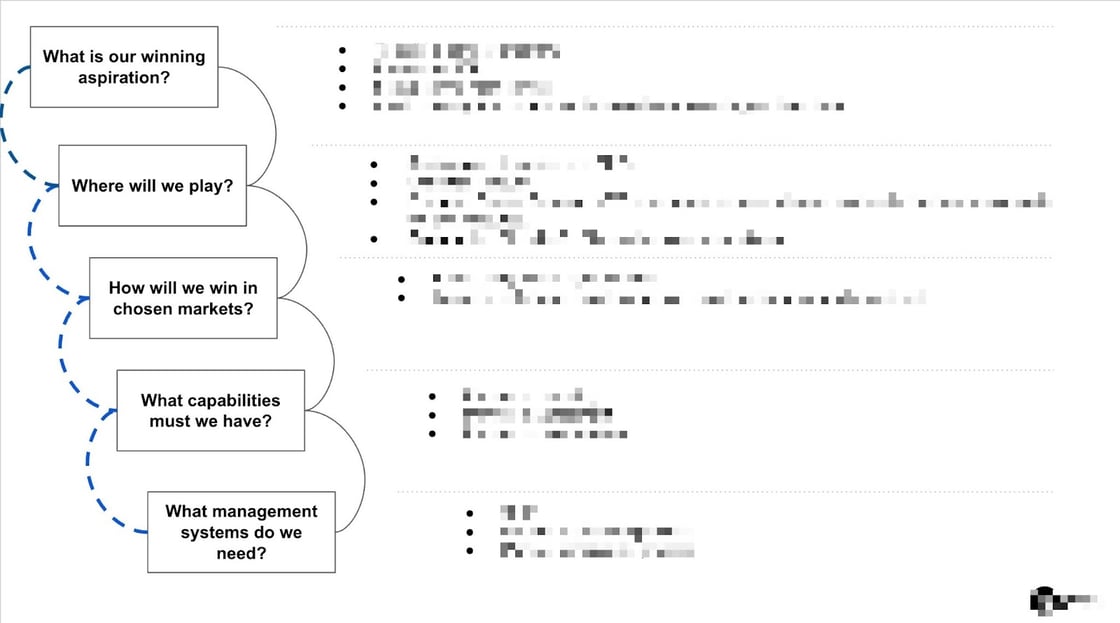Welcome to the
Nearbound Daily Newsletter—the #1 partnerships newsletter in the world keeping thousands of partner professionals on top of the latest industry principles, tactics, and trends. nearbound.com is a project of
Reveal.
Join the movement here.
And
ask NearBot a question here.
RECAP OF THE NEARBOUND DAILIES LAST WEEK
- Doing Events
The Nearbound Way - We Can Do Better
With Partner Onboarding - Steal This Play
to Engage Customers With Partners - The #1 Lesson
Every Partner Leader Should Learn From Walmart's Sam Walton - Are You Utilizing
All Four Channels
For Intros?
RECENTLY PUBLISHED ON NEARBOUND.COM
- My #1 Lesson in
Reseller Strategy
that led to $250M+ by
Nelson Wang - The Nearbound Marketing Blueprint:
Key Plays
by
Andrea Vallejo - Speed up your
Sales Pipeline: A Recap of the Happy Customers Festival by
Andrea Vallejo - The GTM Bowtie:
How To Overlay Partners
Across the Complete Customer's Journey Part Two
by
Ella Richmond
and
Will Taylor - Nearbound Podcast #167:
Building SaaS Credibility
in a Skeptical World with
Bobby Napiltonia - Howdy Partners #75:
Prioritizing Operations
or Relationships? Striking the Balance in Partnerships with
Coriena Hipple Merejo - Breaking Down
Silos and Getting a Seat at the Table by
Sam Yarborough - Target the
Right Leads
at the Right Time: A Recap of the Happy Customers Festival by
Andrea Vallejo - The
GTM Partners x Reveal
Partnership by
Sangram Vajre - Partnership
Value Modeling
by
Linkon Axon - How CallRail
Increased Integration Adoption
by 167% Through Strategic Partnership with HubSpot and Reveal by
Shawnie Hamer
PARTNER UP: STRATEGIC ALLIANCES
The playing to win framework
It was my first day at Drift. I was reporting to the Founder & CTO, Elias Torres.
Elias is one in a million, perhaps one in a billion.
Have you ever met a CTO who didn’t have a laptop at the office? That’s Elias.
“I build teams, products follow,” he used to say.
My first day started with a barrage of WhatsApp messages basically saying I had until Friday and my first Executive Leadership Team meeting to figure out where we place our partner bets.
But something told me this was more than just another meeting.
I had a feeling I was expected to be right!
Thankfully, Elias had shown me
Playing To Win: How Strategy Really Works.
In a very brief summary,
Playing To Win
has three distinct parts:
- Strategic Choice Making
- Reverse Engineering
- Strategic Testing
The first part,
Strategic Choice Making,
details five steps of cascading choices to not just call your shot, but to call the
right
shot.
- What is the winning aspiration?
- Where will you play?
- How will you win?
- What capabilities must be in place?
- What management systems are required?
I worked 24/7 to turn the entire book into a template in my first week:

It’s not just about what you say yes to. It’s also about what you say no to. As a forcing function, it’s a dang challenging exercise.
I highly recommend doing this with your most trusted partner before doing this with your leadership team as an exercise.
Breaking it down a tad more:
What is our winning aspiration?
- Don’t think about money. Everyone is playing for money in business. Start with
people. What does it mean to win
with
your customers and partners? - What is the competitive nature? Who are you winning
over?
Where will we play?
- Market, Segment, Vertical, Horizontal, Geo, Size. (Don’t make the mistake of choosing your current field of play for ease. It can be, but this is not a descriptive exercise; it’s a prescriptive one.) What people are you playing with?
- Channels or Methods. What field are you playing in?
How will we win in chosen markets?
- Simply put,
how
to win on the field.
What capabilities must we have?
- The activities you
must excel
at. The more reinforcing the capabilities are of other capabilities, the better the advantage.
What management systems do we need?
- Guardrails, rules, processes, and measures that demonstrate how well the strategy is working.
These five questions are the bedrock for the
Playing To Win
strategy. They’re not a crystal ball, and getting them right certainly takes more than a ten-minute reading (more like ten sessions), but let’s put it this way: Can you afford
not to have these questions answered before choosing which ecosystem you are going to win in?
The right choice can shift markets. The wrong choice can tank your company.
Be bold, but be thorough. Measure twice, cut once.
Frame your strategic choices to generate possibilities.
Start with a
strategic problem. You should have multiple strategic problems to work through—and remember, this is about
the market, not about
you
or
revenue.
What are the
choices to focus on
to solve that strategic problem?
Reverse engineer your strategies.
Read the full guide on strategic alliances,
Partner Up and Play to Win.
—Jared Fuller
(Chief Ecosystem Officer at Reveal and nearbound.com)
You're all caught up.
If this email was forwarded to you,
sign up here to get the newsletter every week.





